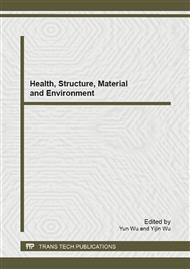p.863
p.870
p.876
p.882
p.888
p.894
p.899
p.905
p.911
Sensitivity Analysis and Parameter Optimization of a Hydrodynamic Model for the Aeration Chamber in a Water-Lifting Aerator
Abstract:
A one-dimensional hydrodynamic model for the aeration chamber in the water-lifting aerator was developed on the basis of the total force balance between the driving force and flow resistance acting on the gas-liquid two-phase flow. Water velocity in the aeration chamber was predicted under different combinations of flow resistance coefficients at the top (KT) and the entrance and exit (KE), the results of sensitivity analysis showed that both KT and KE have significant effect on the predicted water velocity and gas holdup in the riser of the aeration chamber. Taking the water velocity as the main objective, flow resistance coefficients of KT and KE were optimized as and , where Ulr is the superficial water velocity. Using optimized model parameters, the water velocities were well predicted within ±7% of the measured ones respectively.
Info:
Periodical:
Pages:
888-893
Citation:
Online since:
February 2013
Authors:
Price:
Сopyright:
© 2013 Trans Tech Publications Ltd. All Rights Reserved
Share:
Citation:


